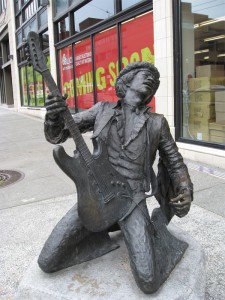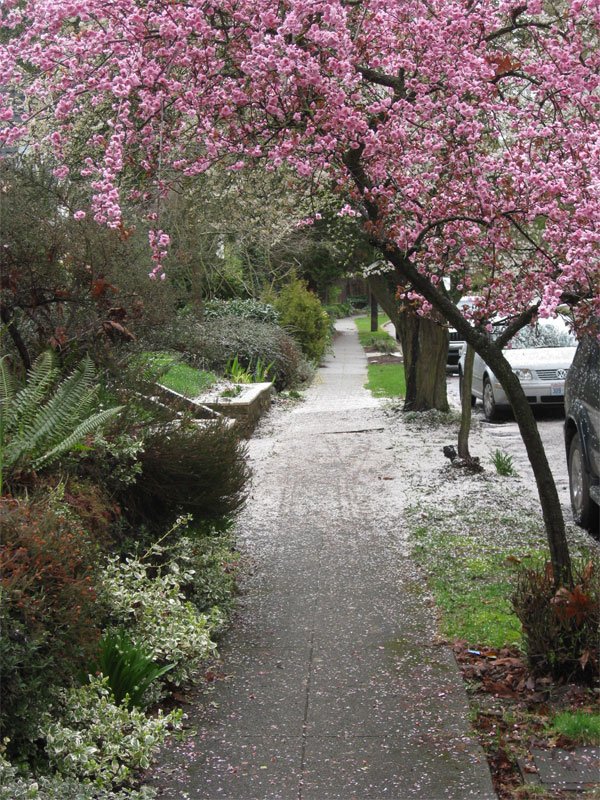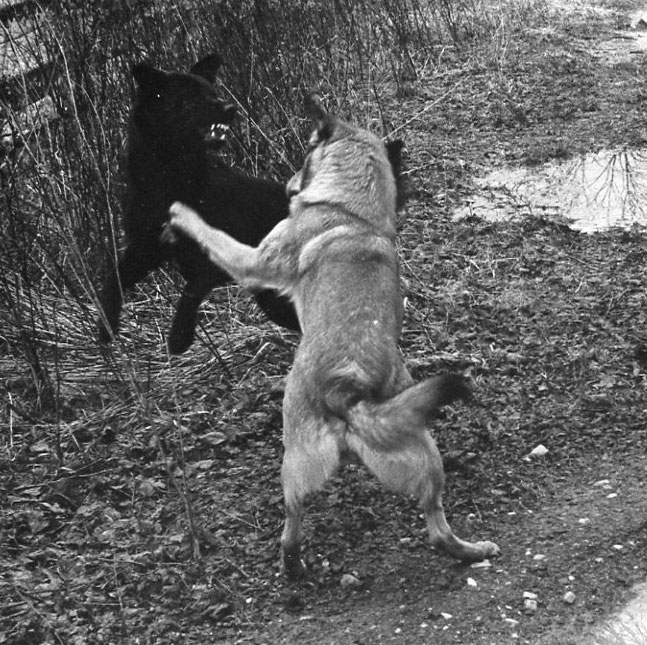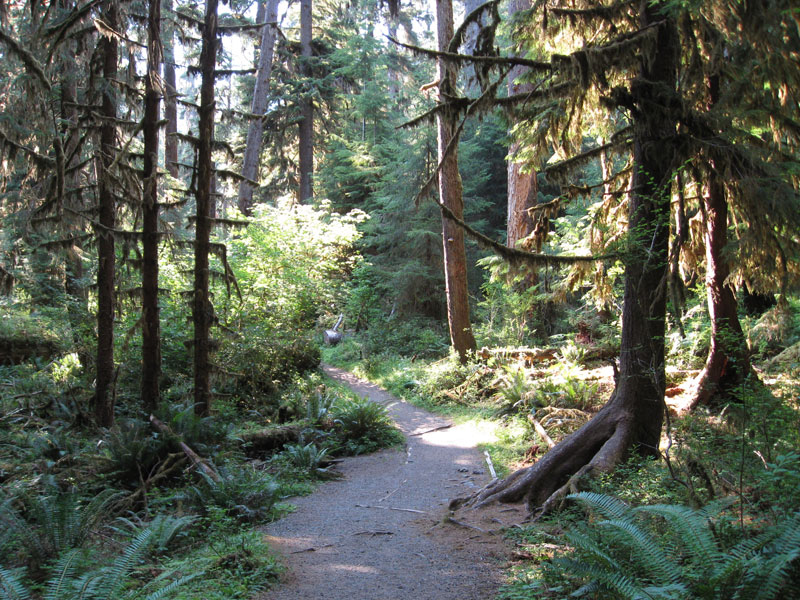Listen closely. Birds are twittering in the bushes. Teenagers are tweeting in the classrooms. The sounds of spring are everywhere. But that gnashing and grinding that you may hear off in the distance is the result of the inevitable winding up of the overworked engines of protest here in Seattle.
The causes vary. There’s the ever popular tunnel vs viaduct debate, which rages on in spite of numerous studies and referendums. There’s the hotly contested issue of naked baristas in the tiny drive-thru espresso huts. There’s endless serious concern over the health of the salmon, the clams, and the waters of the Puget Sound.

One recent debate seems to have been put to rest, at least temporarily. The life-size statue of Jimi Hendrix which has graced the sidewalk of Broadway Avenue in Capitol Hill for the last thirteen years is going to stay put, rather than be moved to the newly planned Jimi Hendrix Park across town. Personally, while I understand the reluctance of residents of Capitol Hill to lose the statue, I have to say that it seems somehow wrong for Jimi to be stuck out by the curb next to the recycling. I’d like to see the statue on a more elevated site, perhaps near an outdoor stage at the new park. But apparently the majority of residents don’t share that view. And that’s fine. Democracy in action, or inaction. Whatever.
The latest hot issue may generate more high profile debate, however. The proposal to create a new privately operated museum at the Seattle Center dedicated to the work of glass art genius Dale Chihuly has stirred up a pot of contention. And it’s going to be a tough call any way it goes down.
On the one hand are the people who worry that there are already too many high dollar tourist attractions at the Center at the expense of precious open space for Seattle residents. The proposed Chihuly building would take over a portion of what was once the very popular kiddie ride park, the Fun Forest. But on the other hand, the Chihuly project would generate much needed revenue for the Center as a whole, and, occupying an estimated one and a half acres, it would take only a fraction of the Center’s 74 acres.
Still, it would make one more place downtown off-limits to those without disposable income. And that’s hard to support. Not when there are so many other neighborhoods in Seattle with space to spare which could benefit from the presence of a stellar attraction. Is it really such a good idea to concentrate all of the city’s major tourist sites in one small quadrant? Or is that the idea? To contain the cruise ship influx?
I’m a fan of Chihuly’s work, of course. There are already more than a few places to see it around town, but it requires a scavenger hunt approach and a good pair of hiking shoes. To have a formal collection of it in one place makes sense. Should that place be the Seattle Center?
Debaters, start your engines.




